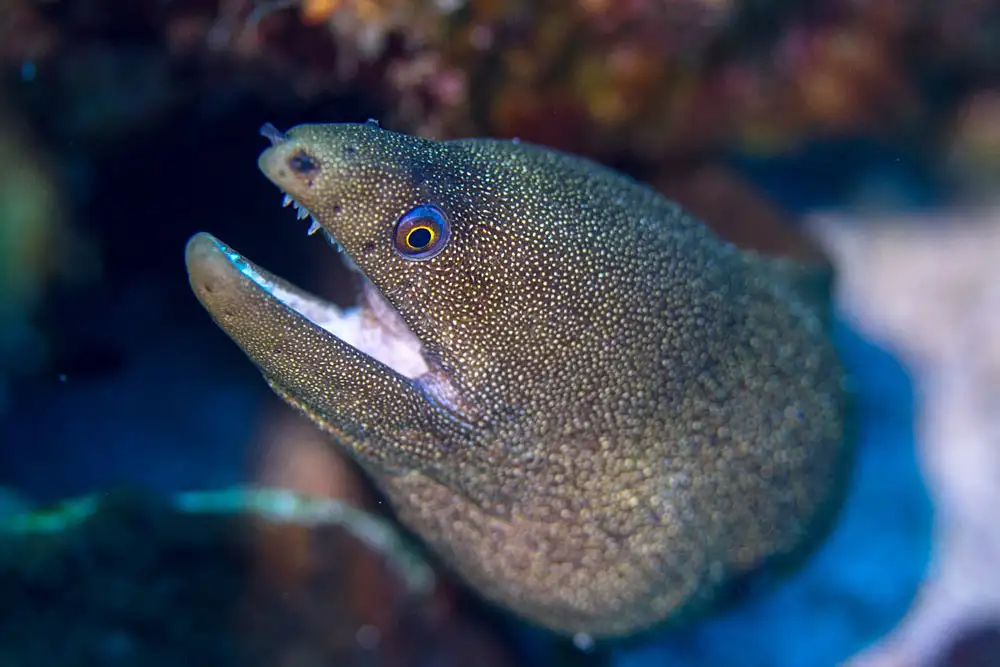
Echidna nebulosa—the snowflake moray—is a crushing‑toothed muraenid specialised for crustaceans.It appears in older literature as Muraena pardalis (often misspelled “paradalis”); use the current valid name in labels and search.Ecology & BiologyDiet: crabs, shrimps and other hard‑shelled...
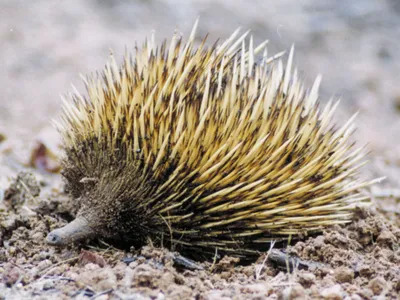
Echidna (Tachyglossidae), one of four peculiar egg-laying mammals found in Australia, Tasmania and New Guinea. They eat and breathe through a bald tube-like beak extending from their dome-shaped body. Covered with spines. Echidnas have round eyes and slits for ears, two small nostrils (or nostrils) at the end of their beak, and a small mouth. Electroreceptors in the skin of the beak sense electrical signals produced by the muscles of invertebrate prey. Echidnas are active day and night....
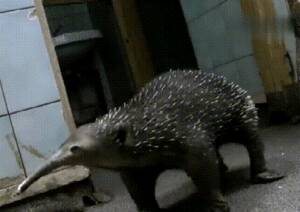
The Great long-robed echidna (Zaglossus bartoni) is a species of proto-echidna found in New Guinea, with four subspecies. They curl their bodies to defend themselves when attacked. The hard black hair on the back is covered with thorns like "steel nails", no tail, slow action, although the...
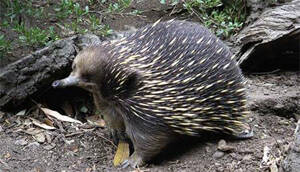
Attenborough's scientific name is Zaglossus attenboroughi, after David Attenborough. Like to dig holes, harm crops, harmful to agriculture, so it is a pest. But that's just from a human point of view, from a biological chain point of view, where moles play an important role. The hair is brow...

Echidna long-rostris Zaglossus bruijnii) Western Long-beaked Echidna, Long-nosed Spiny Anteater, New Guinea Long-nosed Echidna, Long-beaked Echidna, Long-nosed Echidna, almost twice the size of the short-rossed echidna, is the largest member of the monotreme order, with no subspecies.Although they d...
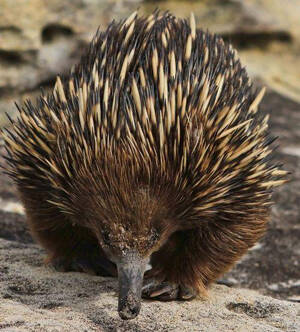
The Australian echidna Tachyglossus aculeatus is adapted to an ant-eating lifestyle and lives in rocky, sandy and scrub areas, living in crevasses and self-dug burrows. Come out at dusk and night. Powerful claws for digging. Usually on the ground activities, encounter danger, can quickly dig into th...
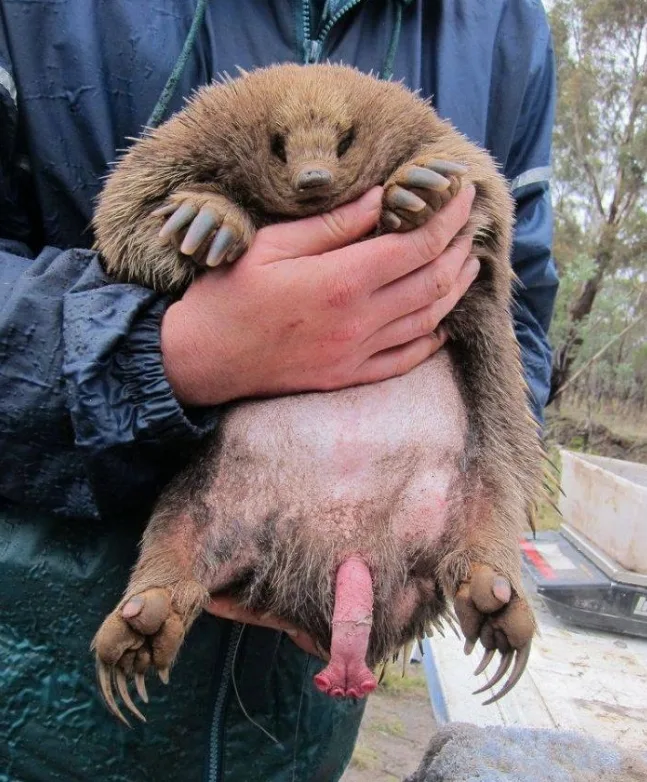
In nature, animals often have amazing diversity and complexity in their reproductive systems. Some animals have unique reproductive organs that not only play a key role in the reproduction process, but also reflect the species' unique adaptations in evolution. Here are ten animals with unique re...

Egg-laying mammals: special members of the mammal classWhen we think of mammals, we usually think of viviparous animals like dogs, cats, monkeys, and humans. Most mammals reproduce by giving birth to their offspring, which means their young develop inside the mother's body and are not separated...
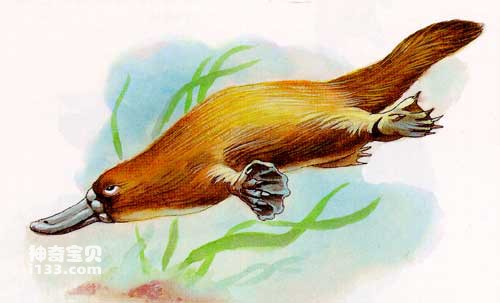
After experiencing the catastrophe at the end of the Mesozoic Era until modern times, there is still a primitive mammal hiding in Australia's "Utopia". This is the platypus living in Australia (and the echidna living on Irian Island. They already have hair on their bodies. They can keep warm;...